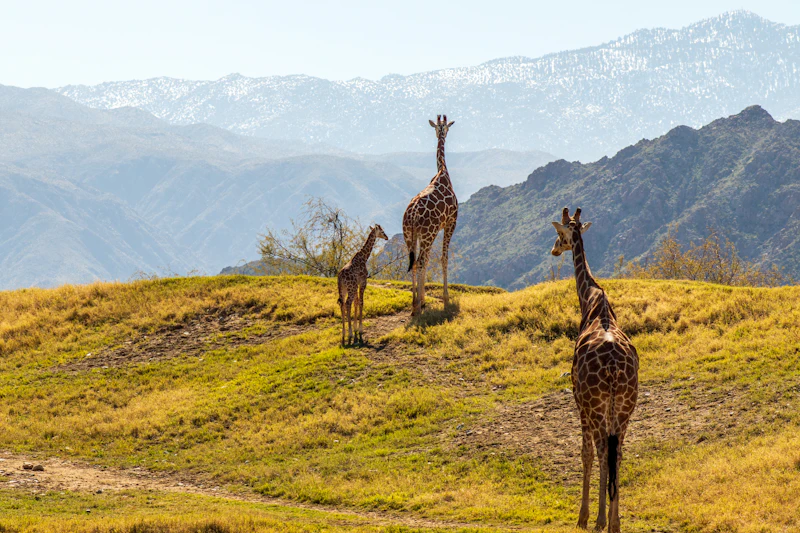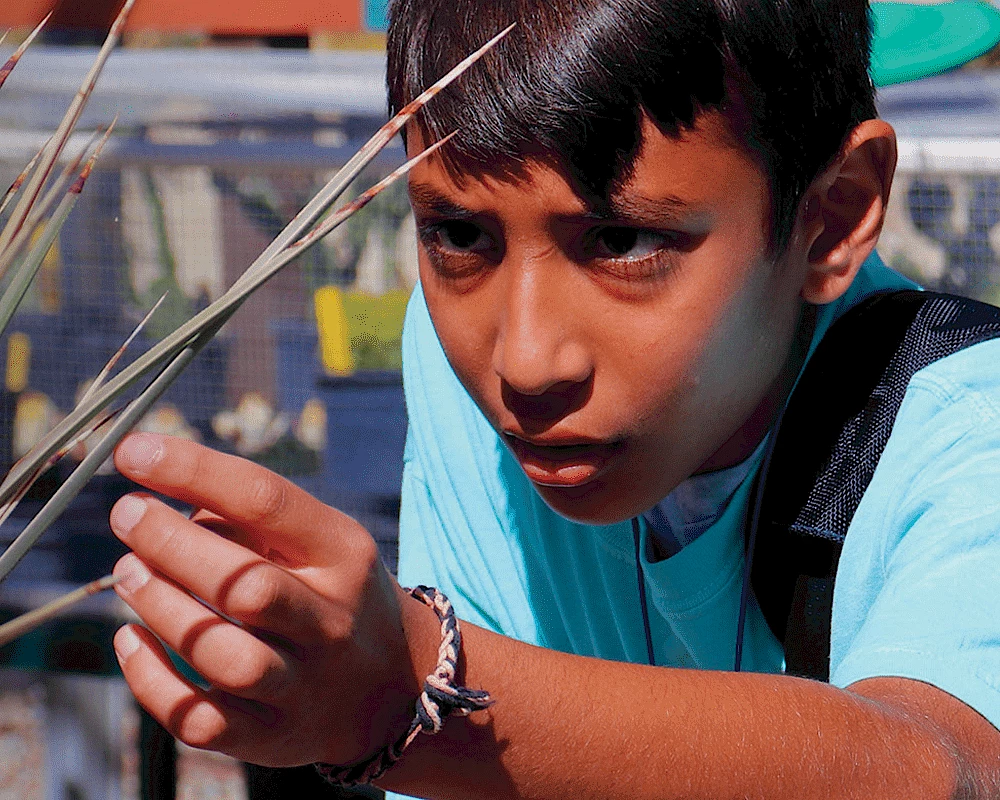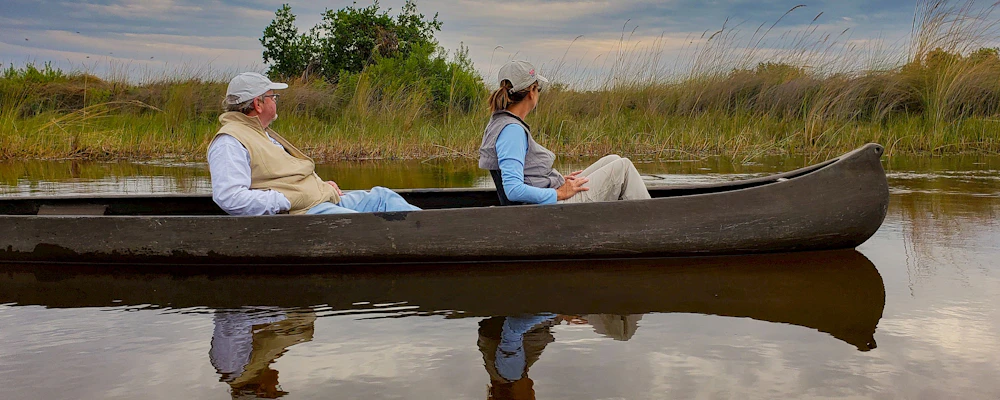Animals & Gardens
African Safari
Stars of the African Safari
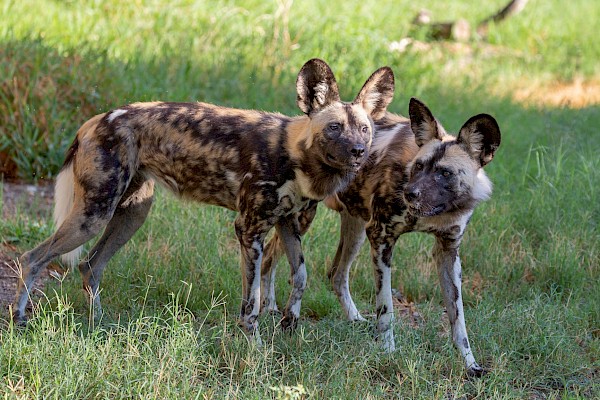
African Painted Dog
African wild dogs are pack animals. Females leave the pack when mature and males typically stay with their pack. Their unique coat patterns, specialize pack communication and teamwork have made them…
View MenuFamily
Canidae, the dog family.
Conservation status
Endangered.
Range
Southern Africa, East Africa, and scattered throughout the Sahel.
Habitat
Desert, grassland, savannah, and sometimes arid forests.
Highlights
African painted dogs’ large, round ears allow for excellent hearing that is vital to the pack hunt, but they also serve as radiators of heat in a hot climate.
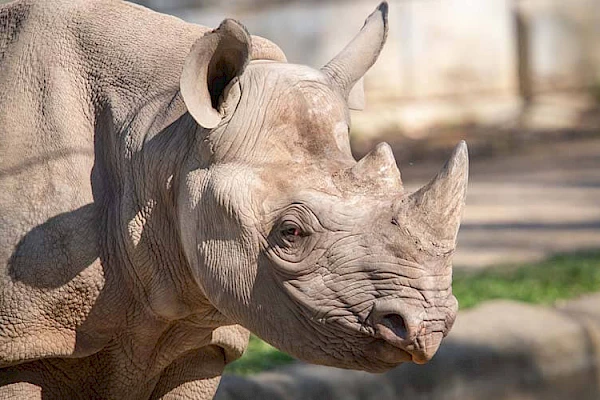
Black Rhinoceros
Black rhino are browsers and have a prehensile upper lip that allows them to easily eat trees and shrubs. They are more solitary than other rhino species; however, females can be…
View MenuFamily
Rhinocerotidae
Conservation status
Critically Endangered
Range
Sub-Saharan and Eastern Africa, primarily Kenya and Tanzania, with an introduced population in South Africa
Habitat
Tropical bushlands and savannas
Highlights
Black rhinos are not black at all, but rather dark gray. They are constantly coated in a mud coat to help keep them cool and prevent insect bites.
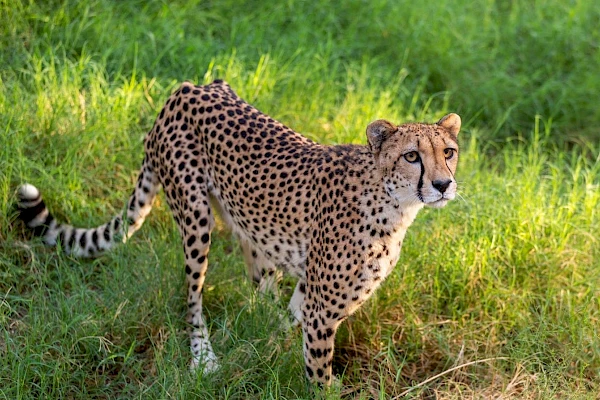
Cheetah
In just a few strides, a cheetah can run as fast as a car on the freeway. While running, the cheetah’s flat-shaped tail acts like the rudder of a boat, allowing…
View MenuFamily
Felidae, the cat family.
Conservation status
Vulnerable.
Range
Southern Africa, East Africa, parts of the Sahara and Sahel, and Central Iran.
Habitat
Desert, grassland, savannah, and arid forest.

Giraffe
Giraffe spend much of their day eating leaves, buds and twigs, especially from acacia trees. Surprisingly, giraffe only need 530 minutes of sleep per day. Giraffe are threatened by habitat loss,…
View MenuFamily
Bovidae, the cow and goat family.
Conservation status
Vulnerable.
Range
Southern Africa, East Africa, and isolated populations in the Sahel.
Habitat
Savannah.
Highlights
Affectionately known as the ‘Watchtowers of the Savannah’ because coexisting species look to the giraffe as indicators of safety.
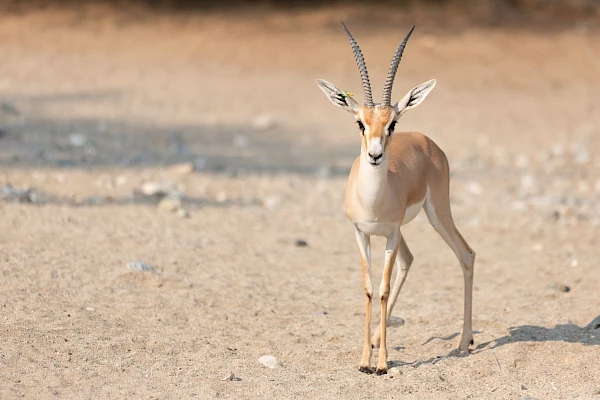
Slender-horned Gazelle
This gazelle is a true desert animal, always on the move with a small herd, preyed on in the wild by lions and jackals. It displays the nervous vigilance typical of…
View MenuFamily
Bovidae, The cow and goat family.
Conservation status
Endangered, IUCN.
Range
Africa, The Sahara Desert west of the Nile River.
Habitat
Sandy lowlands and dunes.
Highlights
In Arabic, “ghazal” means “bright-eyed.”
Australian Adventures
Stars of Australian Adventures
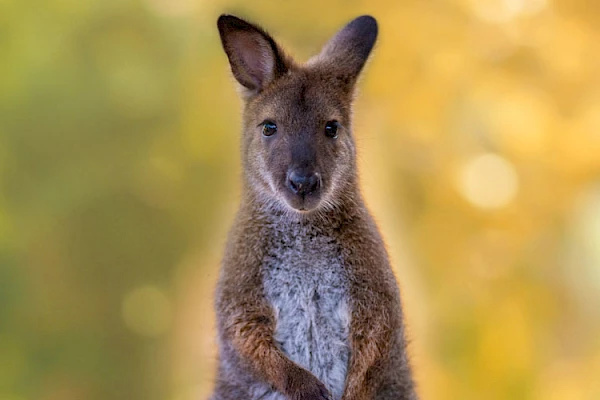
Bennett’s Wallaby
Bennett’s wallaby is a member of the macropod family. Macropod means “large foot” and refers to a family of marsupials including kangaroos and pademelons native to Australia. Well-developed males tend to…
View MenuConservation status
Least Concern.
Range
This medium-sized wallaby is found in eastern Australia, from Queensland to South Australia. It can also be found in Tasmania.
Habitat
Bennett’s wallaby inhabits eucalypt forests, coastal shrublands, and grazing fields.
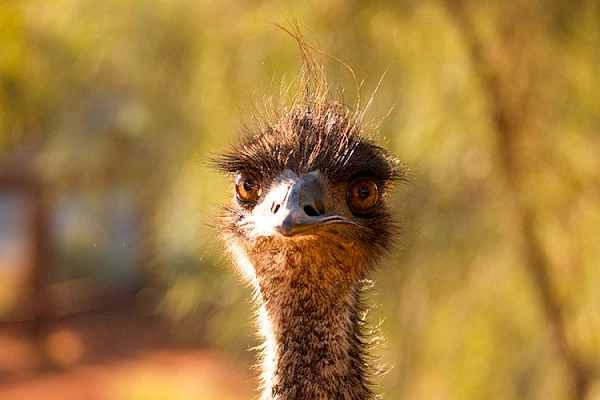
Emu
The emu is the second largest bird in the world and a very vocal communicator. It has a unique throat pouch, which allows it to make deep booming, drumming, grunting, and…
View MenuConservation status
Least Conern
Range
Australia, New Guinea, Indonesia
Habitat
Grassy plains, forests, scrublands
Highlights
A Bird With Many Hidden Talents
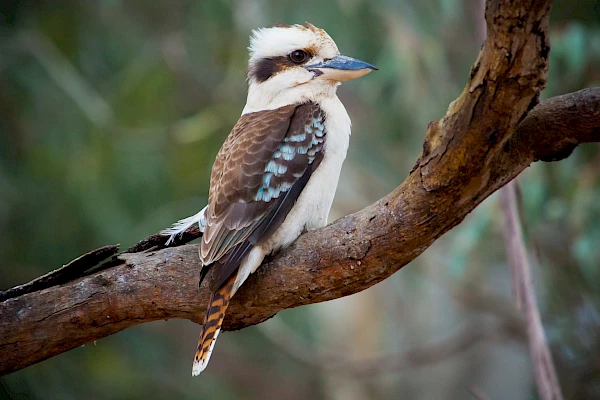
Laughing Kookaburra
The laughing kookaburra is the most prominent member of the kingfisher family and gets its name from its maniacal-sounding call, replicating a variety of chortles, deep laughs, and hoots. Nicknamed the…
View MenuFamily
Alcedinidae
Conservation status
Least Concern
Range
Eastern Australia, Western Australia, Tasmania, New Zealand
Habitat
Woodlands and forests
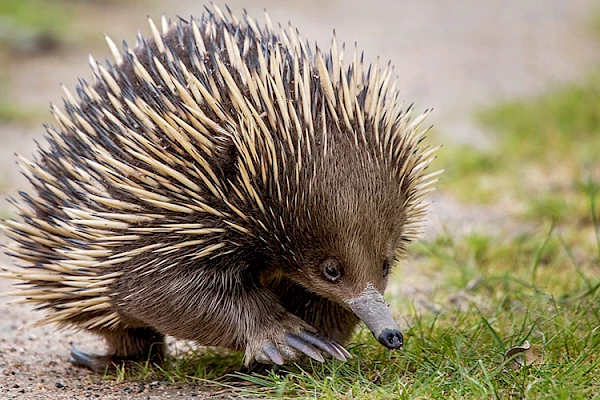
Short Beaked Echinda
During the mating season, one to ten males form a line and follow a receptive female, sometimes for weeks. The female chooses the most persistent male that walks behind her for…
View MenuConservation status
Least Concern.
Range
This species is widely distributed in mainland Australia, Tasmania, Indonesia, and southern New Guinea.
Habitat
This echidna is very adaptable and can be found in multiple habitats like grasslands, savannas, deserts, shrublands, and forests.
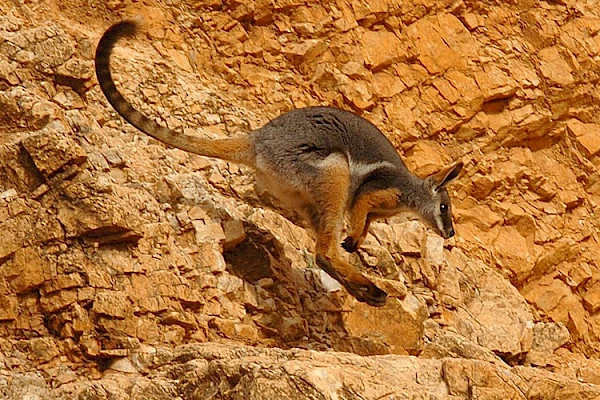
Yellow-footed Wallaby
The yellow-footed rock wallaby lives among rocky cliffs, faces, gorges, and boulder fields. It is mainly nocturnal, sheltering in small caves, cracks, and crevices during the heat of the day. Yellow-footed…
View MenuFamily
Macropodidae
Conservation status
Near threatened
Range
Queensland, New South Wales, South Australia
Habitat
Rocky outcrops in semi-arid areas
Highlights
Yellow-footed rock wallabies are threatened by predation by foxes and feral cats, habitat fragmentation, wildfires, and drought due to climate change.
Wild Americas
Stars of the Wild Americas
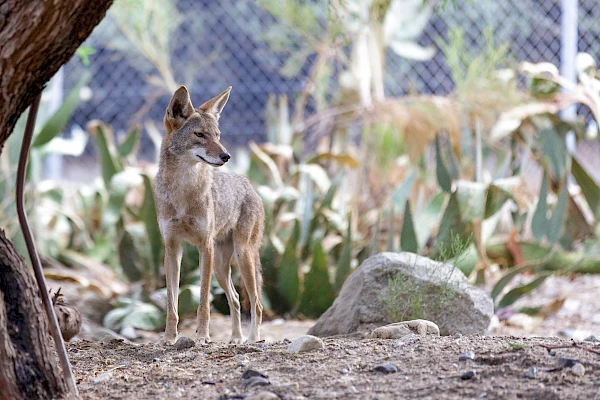
Coyote
This highly adaptable opportunistic omnivore seems to prefer rodents and jackrabbits, but will eat reptiles, birds, arthropods (scorpions, crickets) and plant material such as juniper seeds, screw beans, fan palm fruit…
View MenuFamily
Canidae, the dog family.
Conservation status
Least Concern, IUCN; common
Range
North and Central America.
Habitat
All terrestrial habitats.
Highlights
Their scientific name means “Barking dog”.
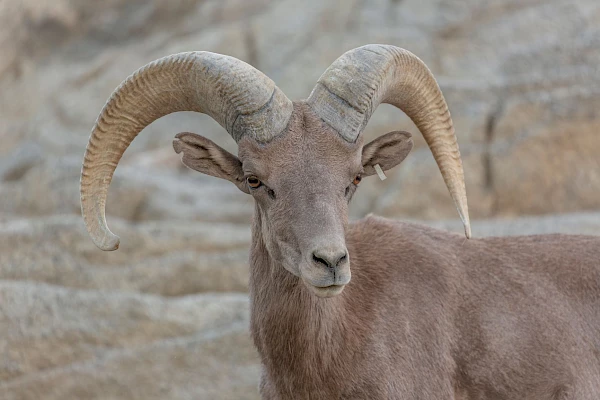
Desert Bighorn Sheep
A bighorn sheep’s hooves are strong and split, which provide balance and grip as they forage for water-rich food, evade predators, or battle for dominance. Males, called rams, have large, curled…
View MenuFamily
Bovidae, the cow and goat family
Conservation status
The population in the Peninsular Mountain Ranges of southern California is federally endangered.
Range
North America and Baja California, Mexico
Habitat
Rugged, rocky slopes; elevations of 1,000 -3,000 feet above sea level.
Highlights
Bighorn sheep are specially designed for the unforgiving rocky mountain terrain they call home, from cloven hooves and use of vegetation for hydration to large domineering horns.
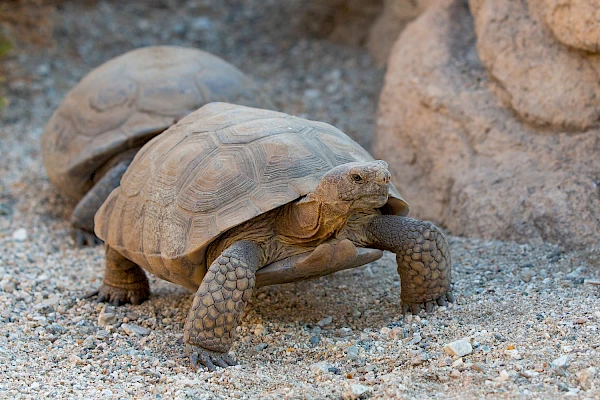
Desert Tortoise
The desert tortoise has roamed the desert’s landscape for tens of thousands of years, escaping scorching temperatures in burrows deep underground. Tortoises can completely withdraw their head and limbs into their…
View MenuFamily
Testudinidae, the tortoise family.
Conservation status
Vulnerable.
Range
North America, Mexico
Habitat
Dry washes, flats, or hillsides.
Highlights
These clever reptiles build up most of their fat and water reserves in the spring when the desert is painted with wildflowers, grasses and succulent green plants.
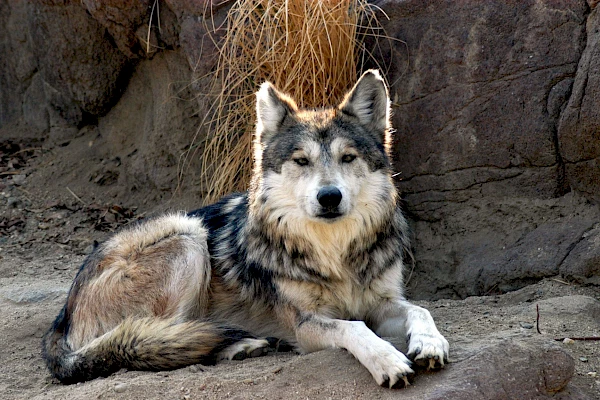
Mexican Wolf
Mexican wolves have a complex social structure and communication system, which includes vocalizations, facial expressions, scent marking and body language. Their body language is essential in identifying the dominant male. The…
View MenuFamily
Canidae, the dog family
Conservation status
Endangered
Range
Southwestern United States and Mexico.
Habitat
Arid grasslands, woodlands and forests
Highlights
Mexican wolves have a complex social structure and communication system, which includes vocalizations, facial expressions, scent marketing and body language.
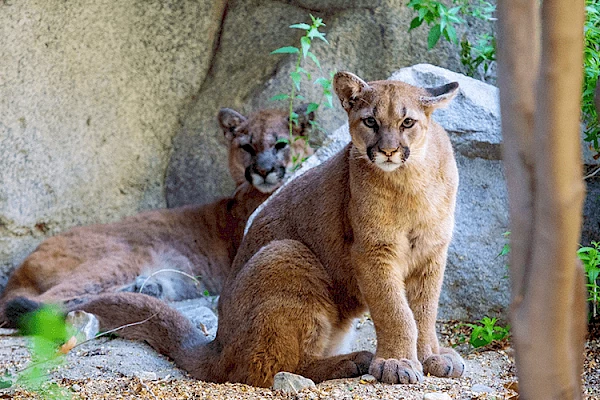
Mountain Lion
The Mountain Lion is a large, low-slung sandy-colored cat with a small head and a long, heavy rope-like tail. The tail makes up nearly half of the total 6–8-foot length. Males…
View MenuFamily
Felidae, cat family
Conservation status
Least concern, IUCN
Range
Historically – Coast to Coast in North America and from southern Argentina to south eastern Alaska. Currently – Extirpated from most of eastern North America
Habitat
Wide variety of habitats including montane coniferous forests, lowland tropical forests, grassland, dry brush country, swamps
Highlights
Despite its size, it is more closely related to the small cats, and like them, purrs (due to an ossified hyoid bone in the throat) and cannot roar.
Gardens
Wander the botanical beauty of The Living Desert’s gardens, a vibrant tapestry of rare and enchanting plants that celebrate the diverse flora of the world’s arid regions.
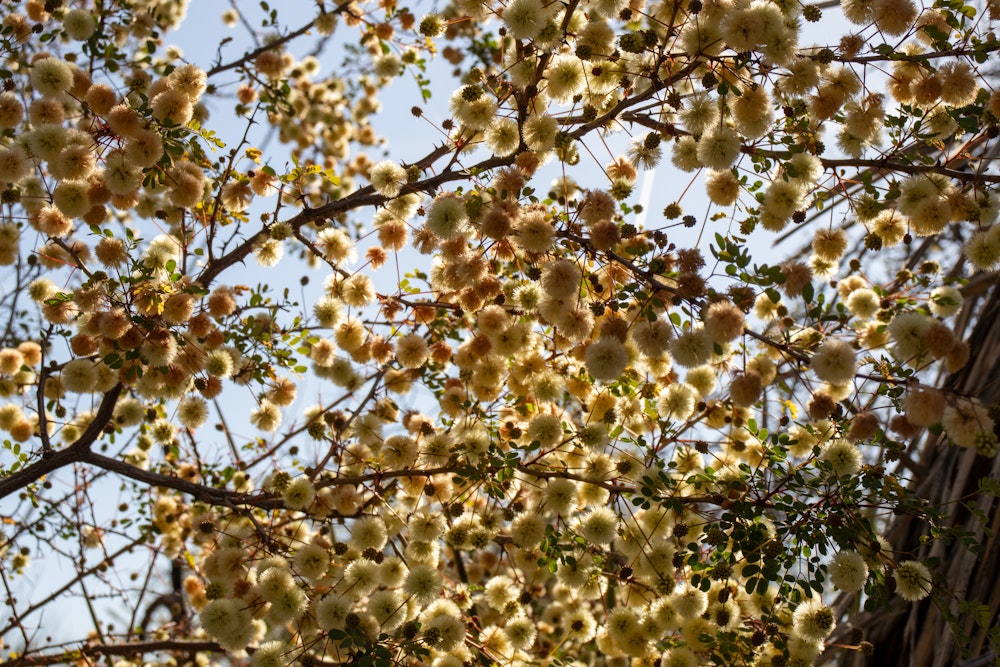
Chihuahuan Garden
Within this garden, native northern Chihuahuan desert plants thrive and showcase their resilience in the arid landscape. Prickly pear cacti, towering yuccas, and majestic sotols adorn the sandy terrain, creating a picturesque scene that truly captures the essence of North America's largest hot desert.
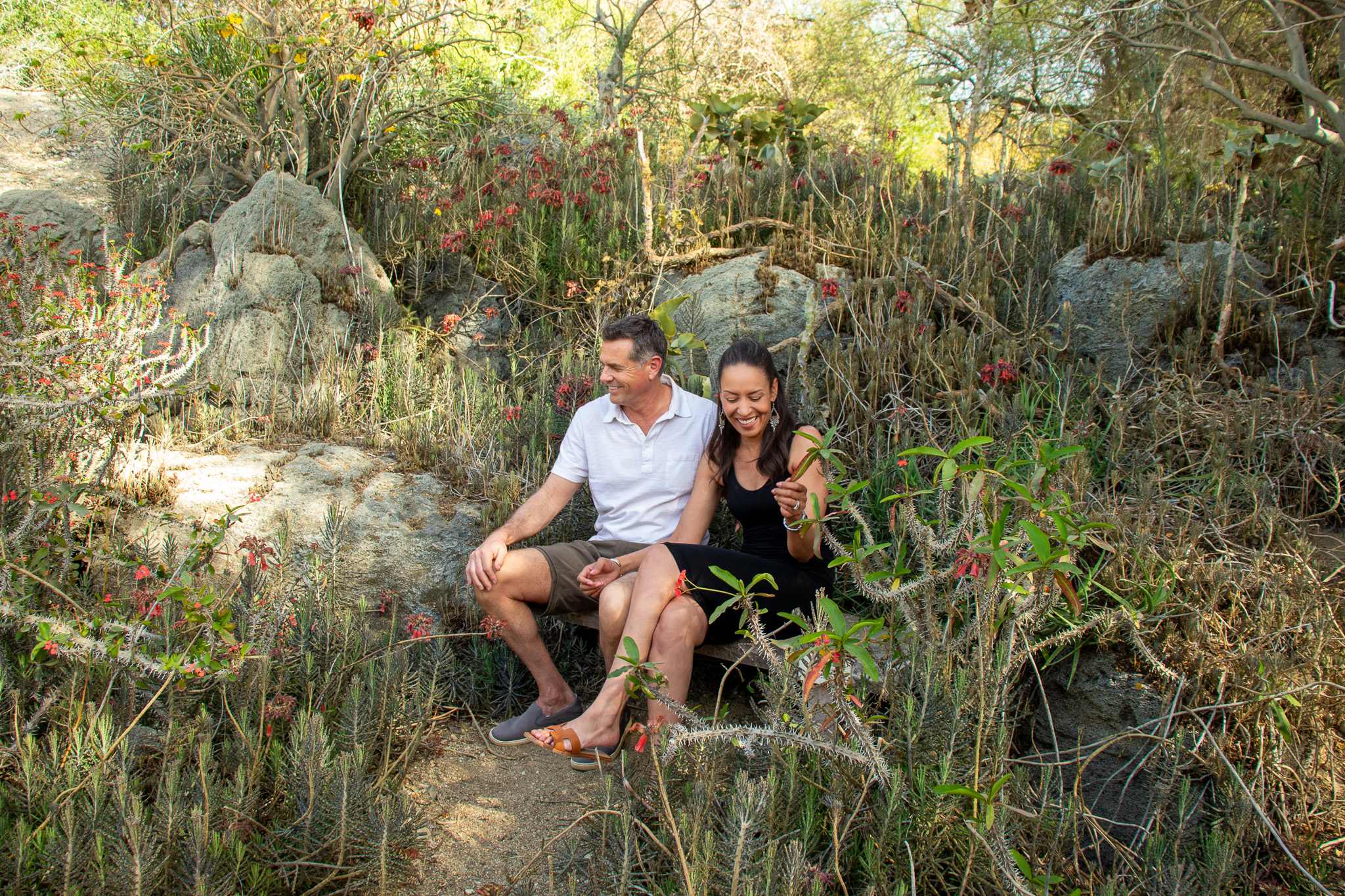
East Africa and Madagascar Gardens
Explore plants from the Horn of Africa and the thorn forests of southwest Madagascar. Acacia, Commiphora, and Boswellia (frankincense) are typical trees found in East Africa and with 150 million years of separation from Africa, the island of Madagascar has many plant species that occur nowhere else on earth.
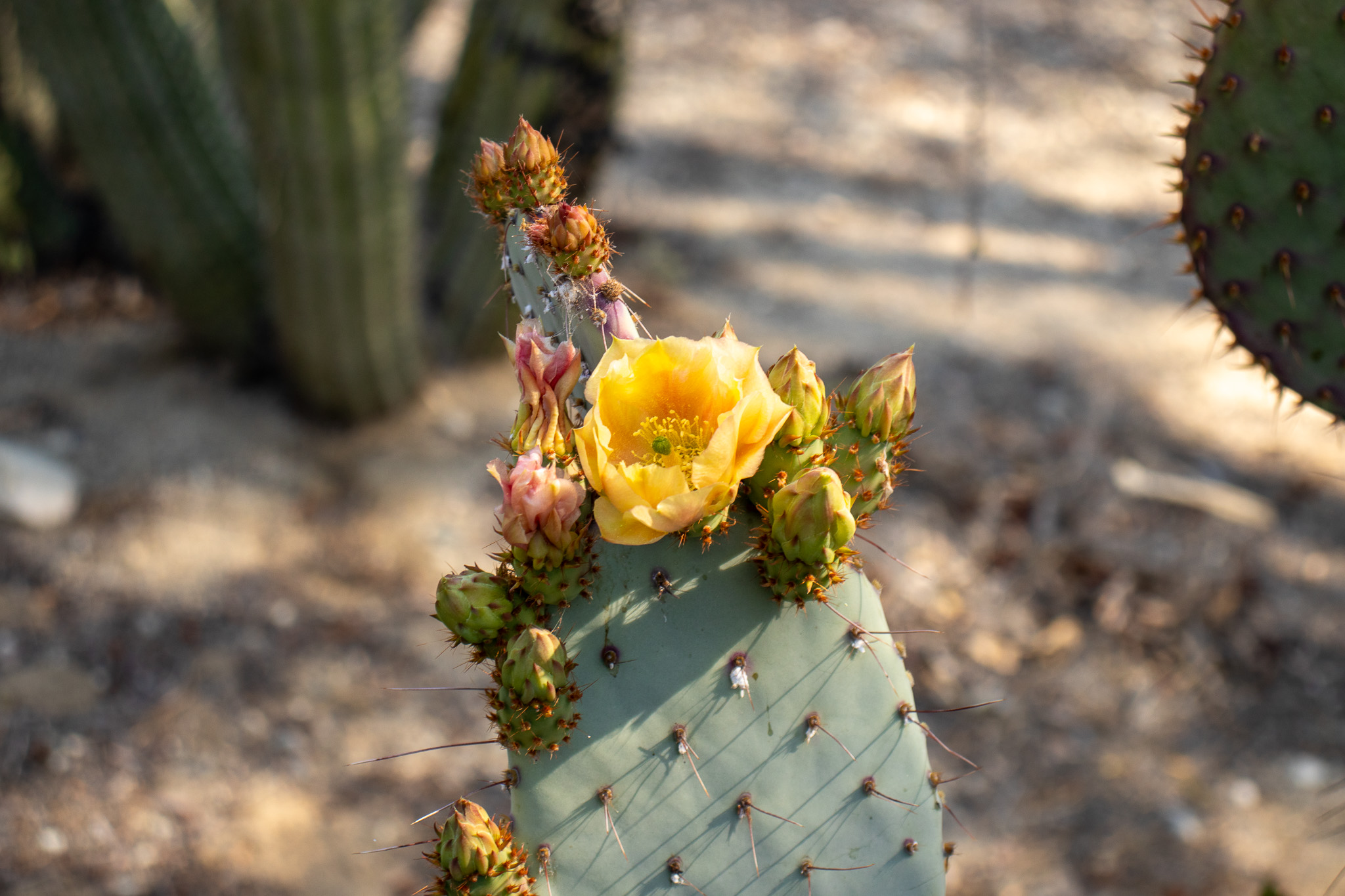
Foothills of Sonora
Explore the Foothills of Sonora Garden where the Sonoran Desert and tropical deciduous forest meet. This unique environment is where plants co-exist at either their southern limits or northern limits due to rainfall and/or temperature, comingling in a mosaic of succulents and arborescent cacti and short tree forest. Also, the home of our jaguar habitat.
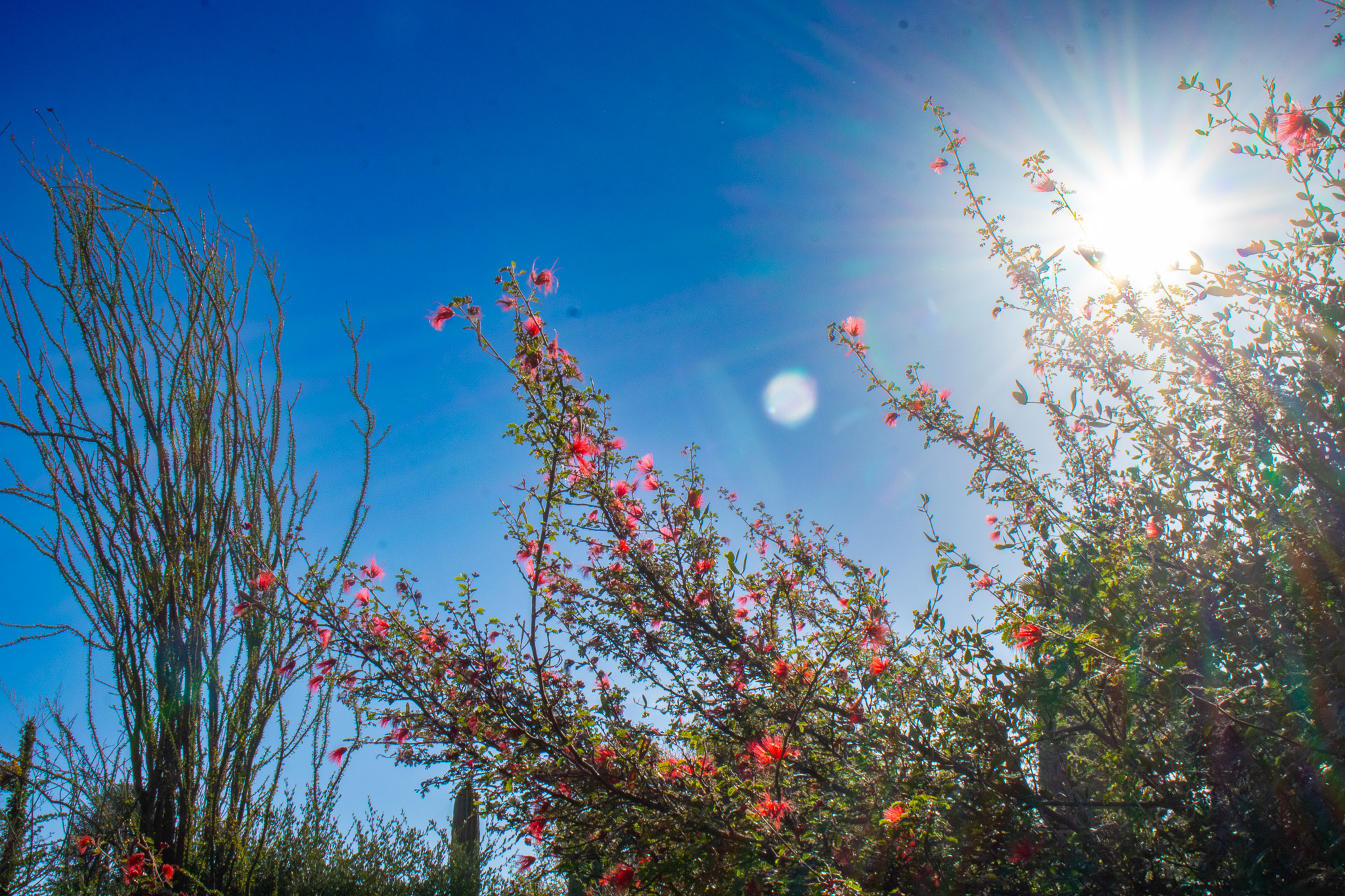
Baja California
Find yourself immersed in the unique landscape of Baja California when you step into this garden. Inside, you'll find yourself surrounded by the peninsula’s unique and sarcocaulescent plant species such as the whimsical Boojum tree and the gnarled Baja elephant tree.
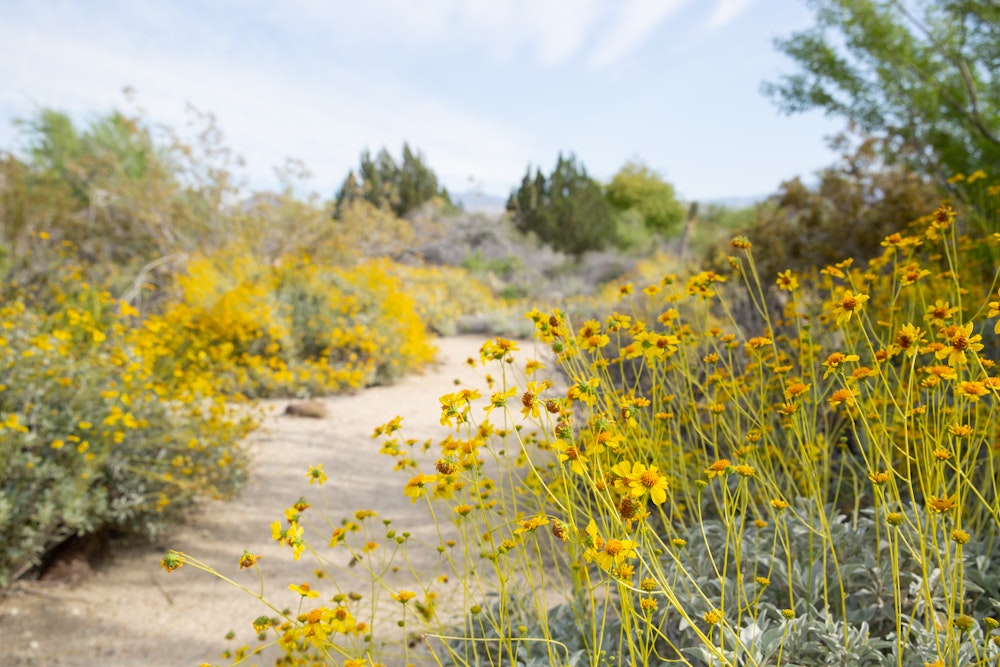
Mojave and Upper Colorado Desert Gardens
These two gardens represent our own local desert environs and the opportunity to discover more about what's in your own backyard. The Mojave Desert Garden replicates our high desert with the iconic Joshua tree and its cohabitants including desert tortoises. And the Upper Colorado Desert Garden replicates the western edge of our subdivision of the Sonoran Desert near the Santa Rosa Mountains and along the eastern slopes of the Peninsular Ranges where chaparral transitions into desert.
Plants
Wander the botanical beauty of The Living Desert’s gardens, a vibrant tapestry of rare and enchanting plants that celebrate the diverse flora of the world’s arid regions.
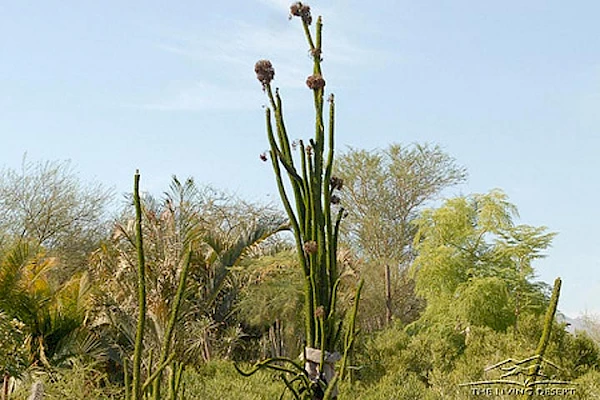
African Ocotillo
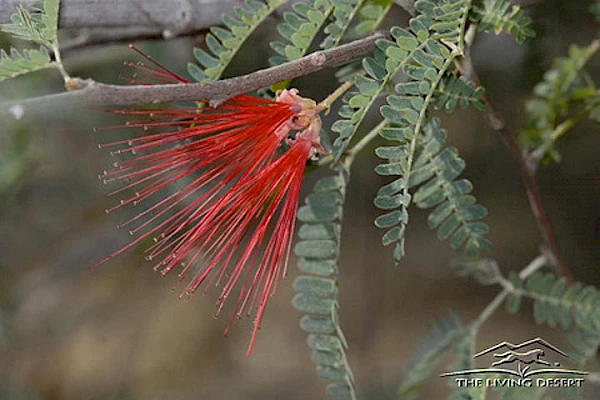
Baja Fairy Duster
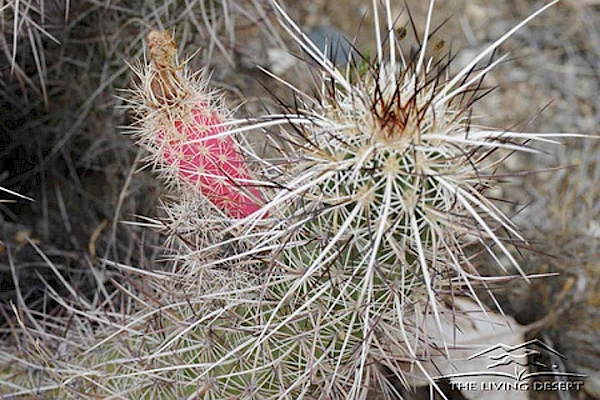
Calico Hedgehog
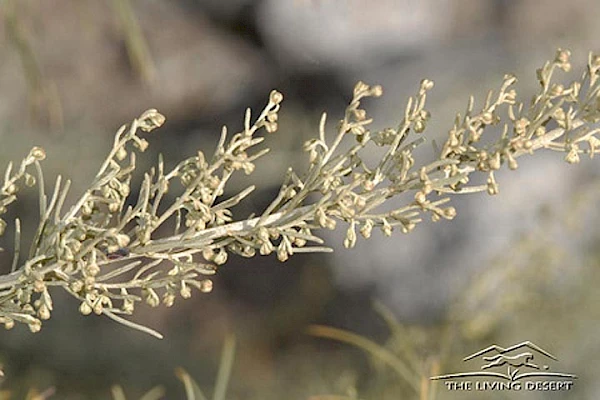
California Sagebrush
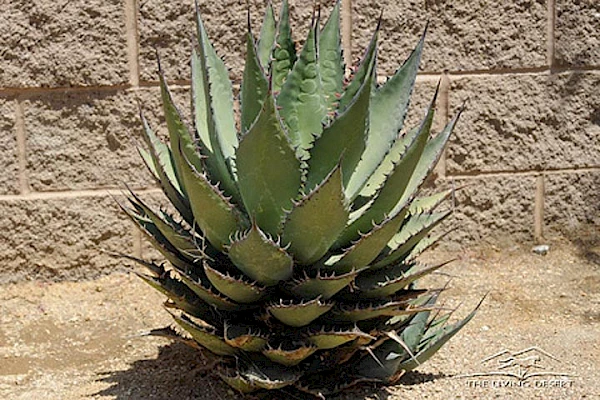
Coastal Agave
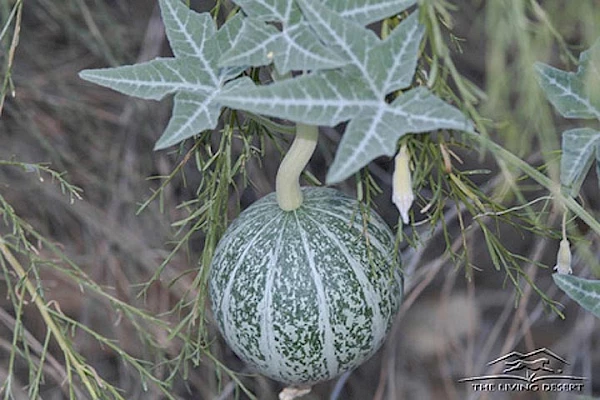
Coyote Melon
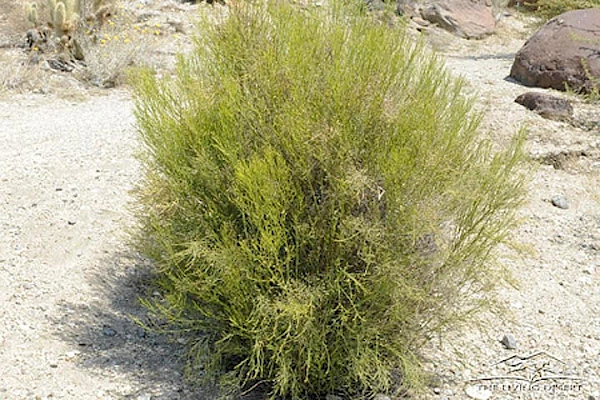
Desert Baccharis
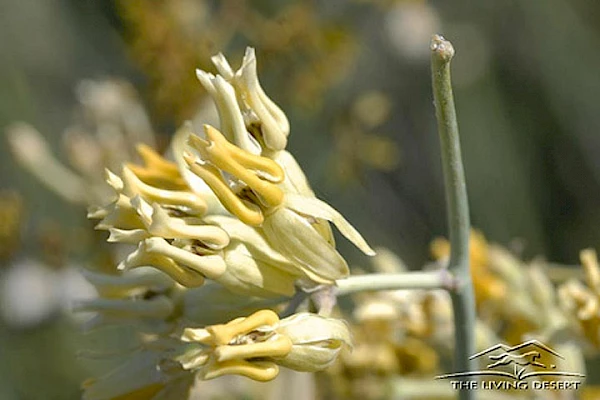
Desert Milkweed
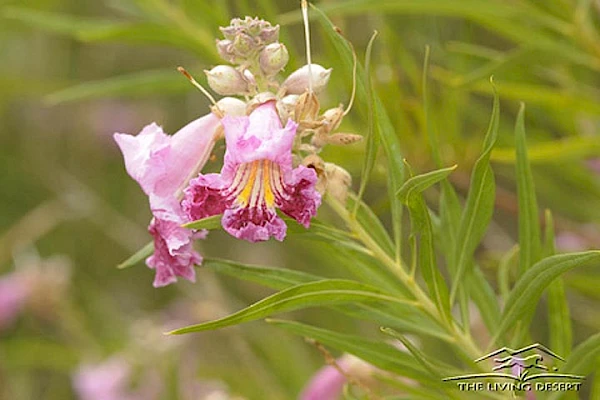
Desert Willow

Elephant Tree
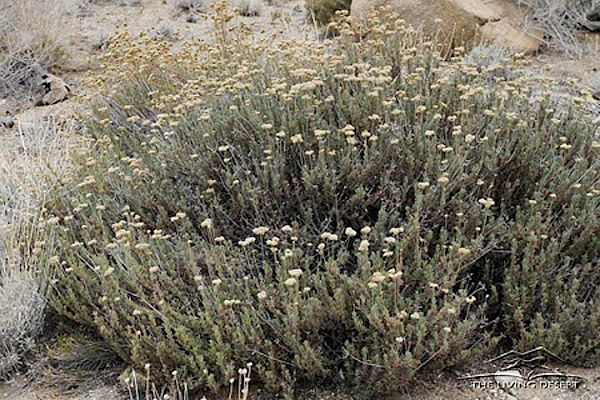
Flattop Buckwheat
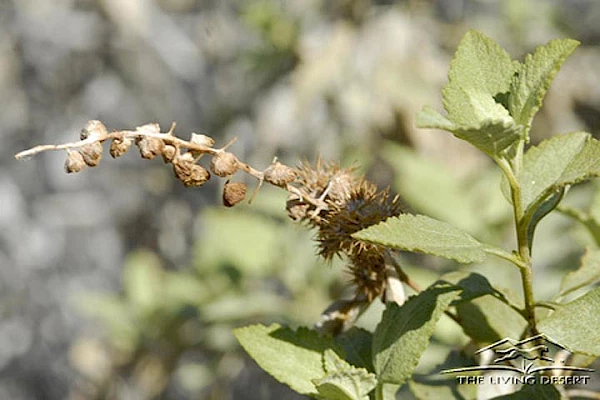
Goosefoot Bursage
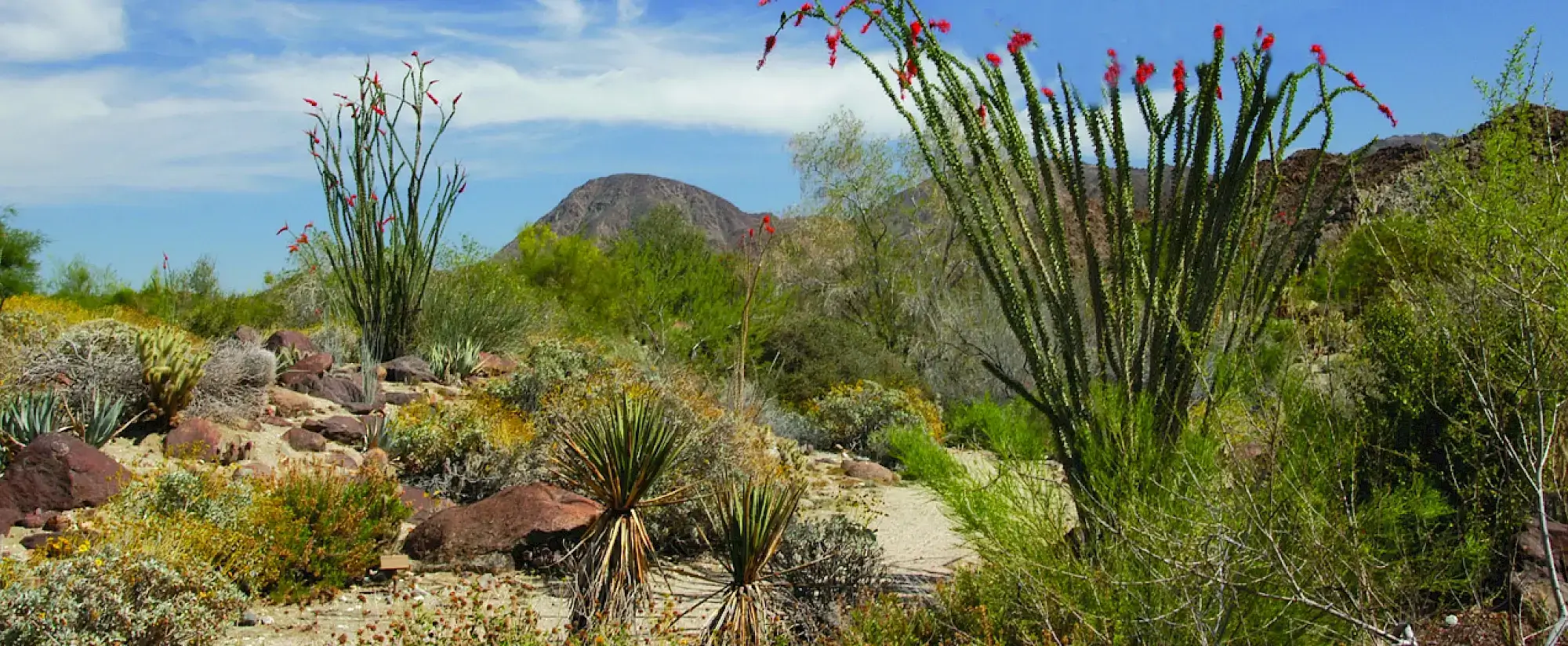
Kokerboom
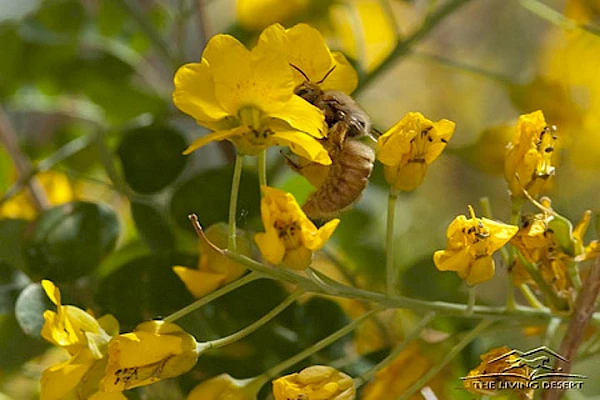
Mexican Bird of Paradise
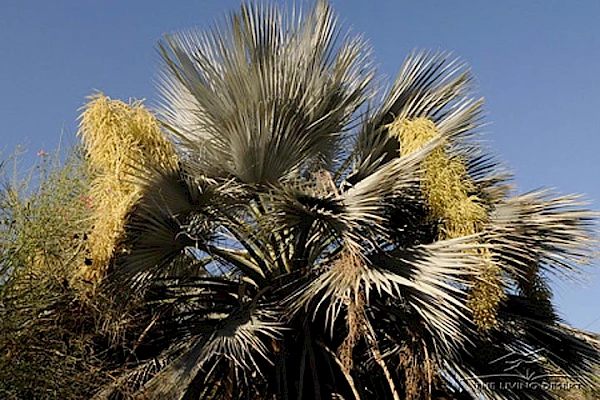
Mexican Blue Palm
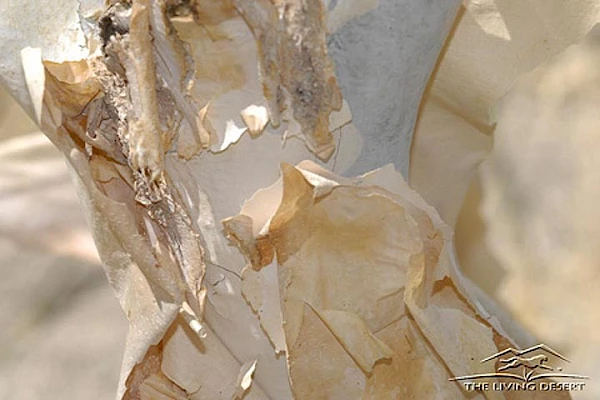
Palo Blanco

Red Bird of Paradise
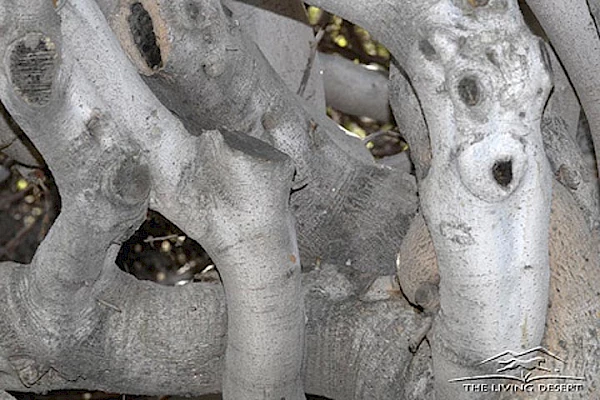
Red Elephant Tree
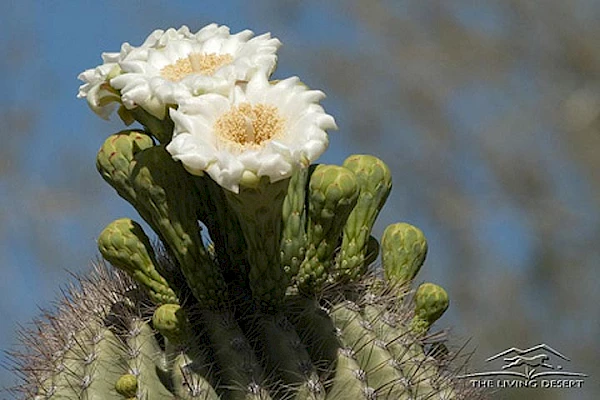
Saguaro
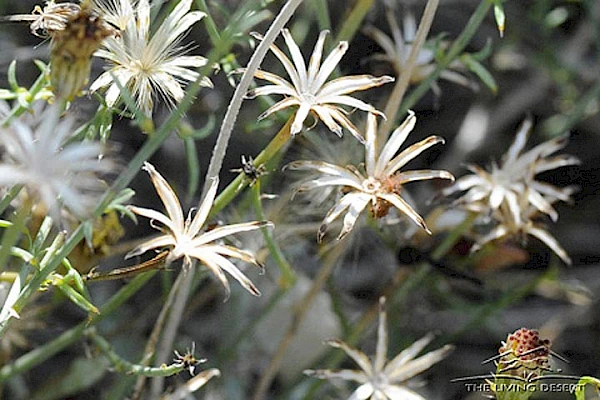
San Felipe Dyssodia
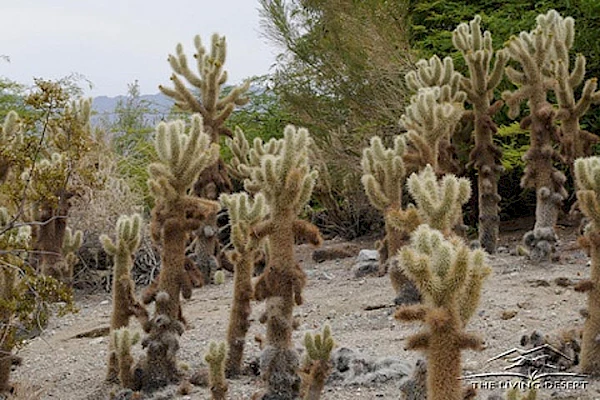
Teddy Bear Cholla

Umbrella Thorn
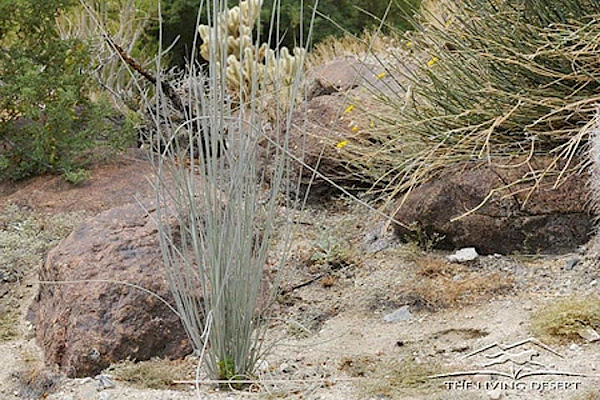
White-Stemmed Milkweed
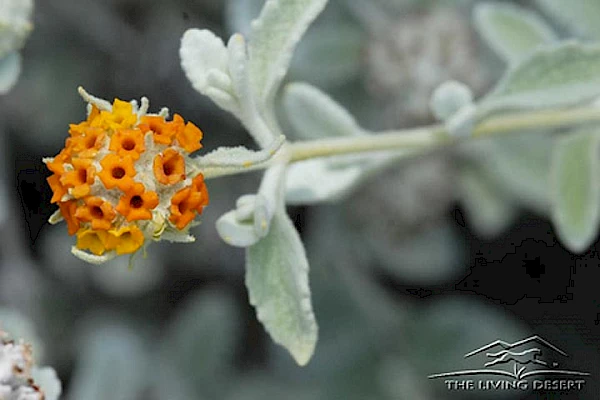
Wooly Butterfly Bush
Nature & Hiking Trails
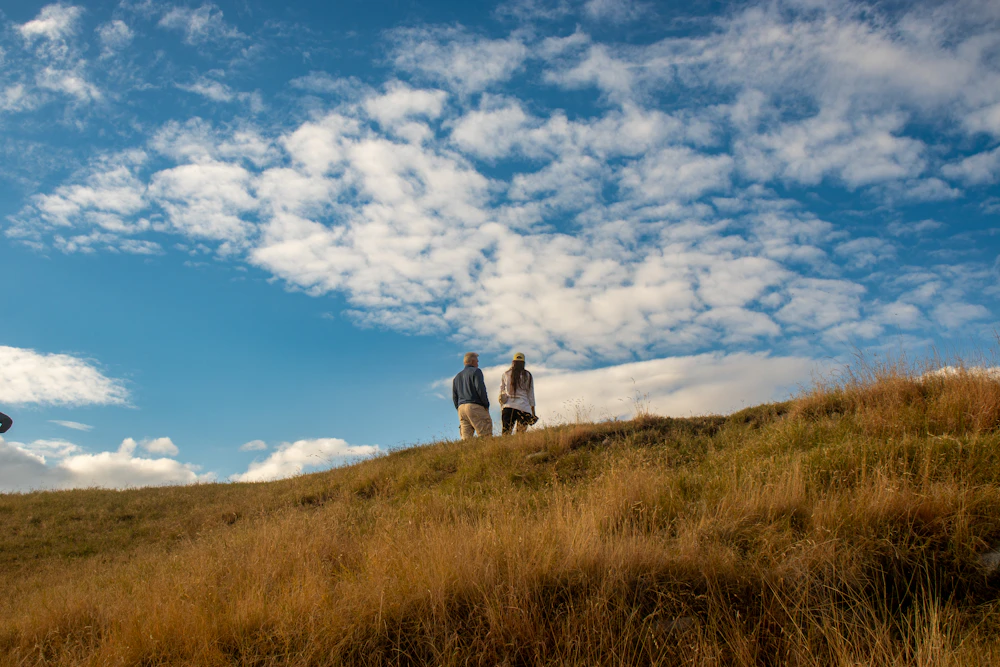
Live Cams
